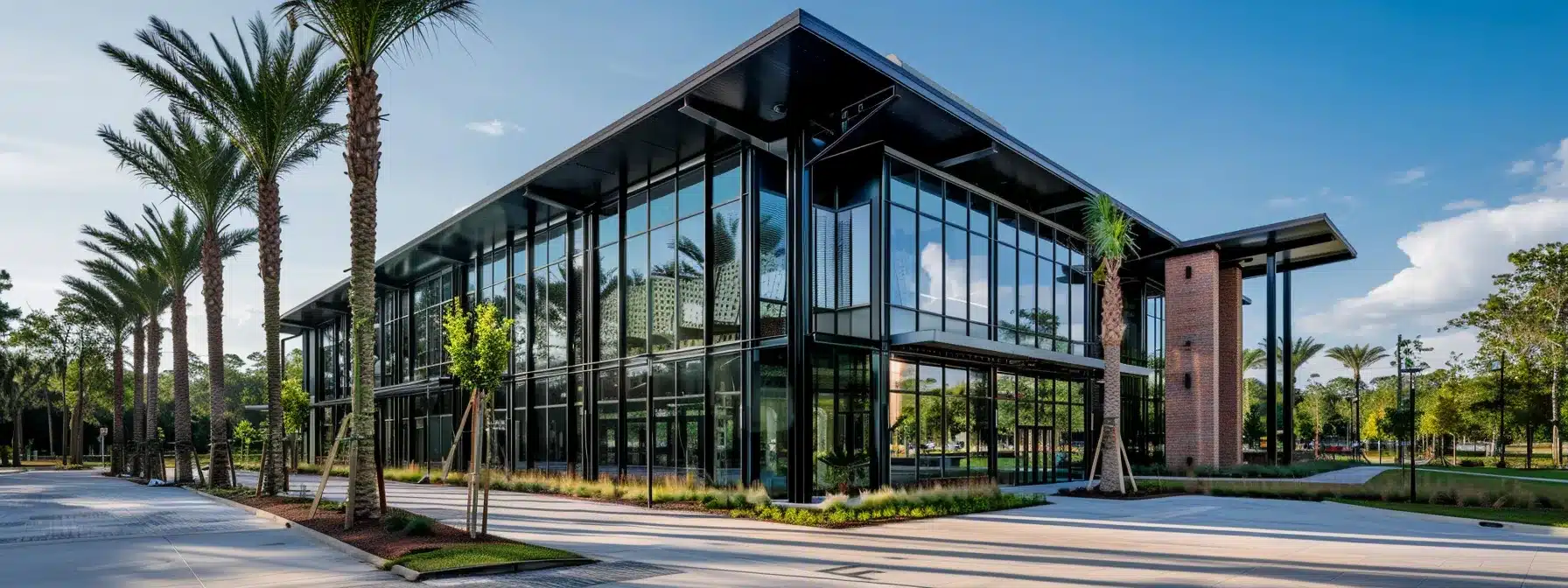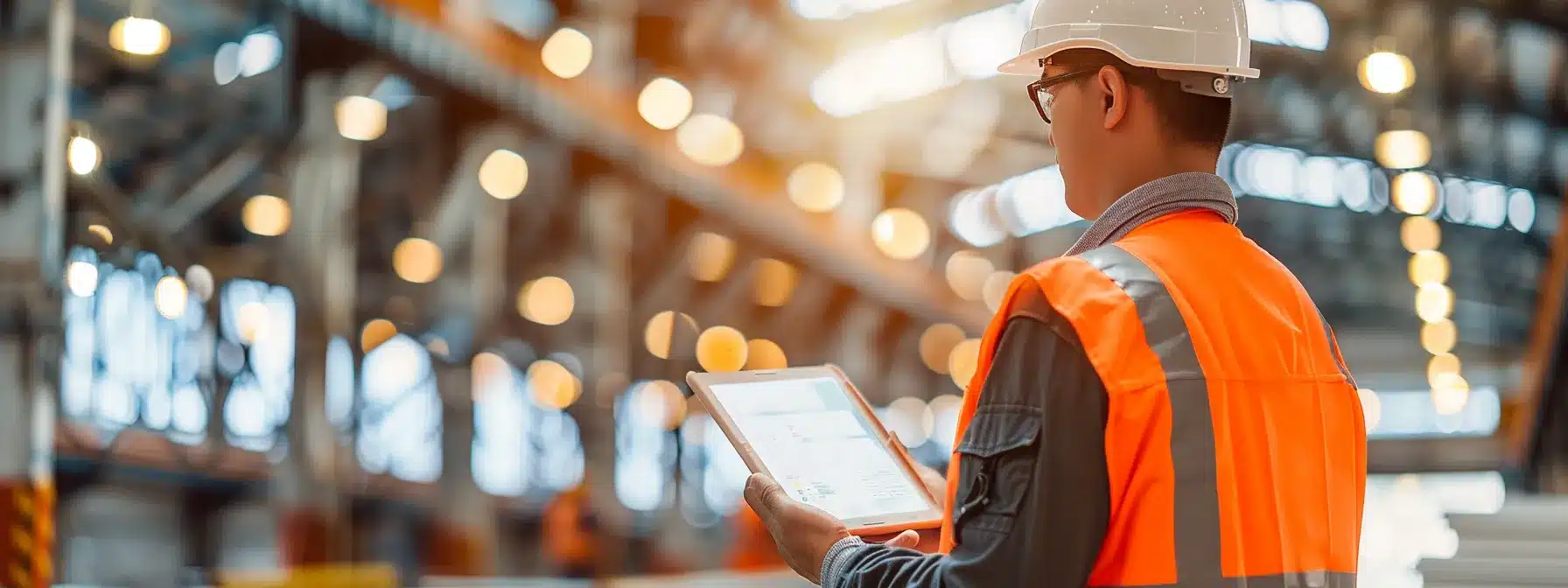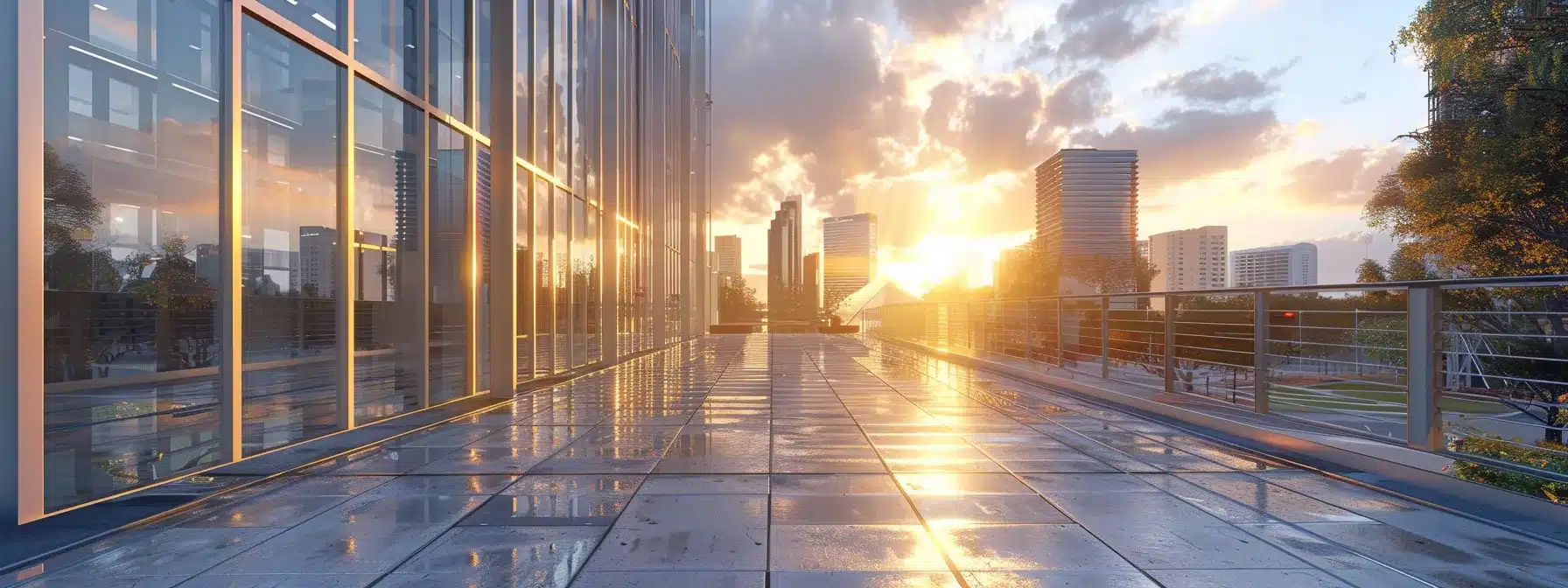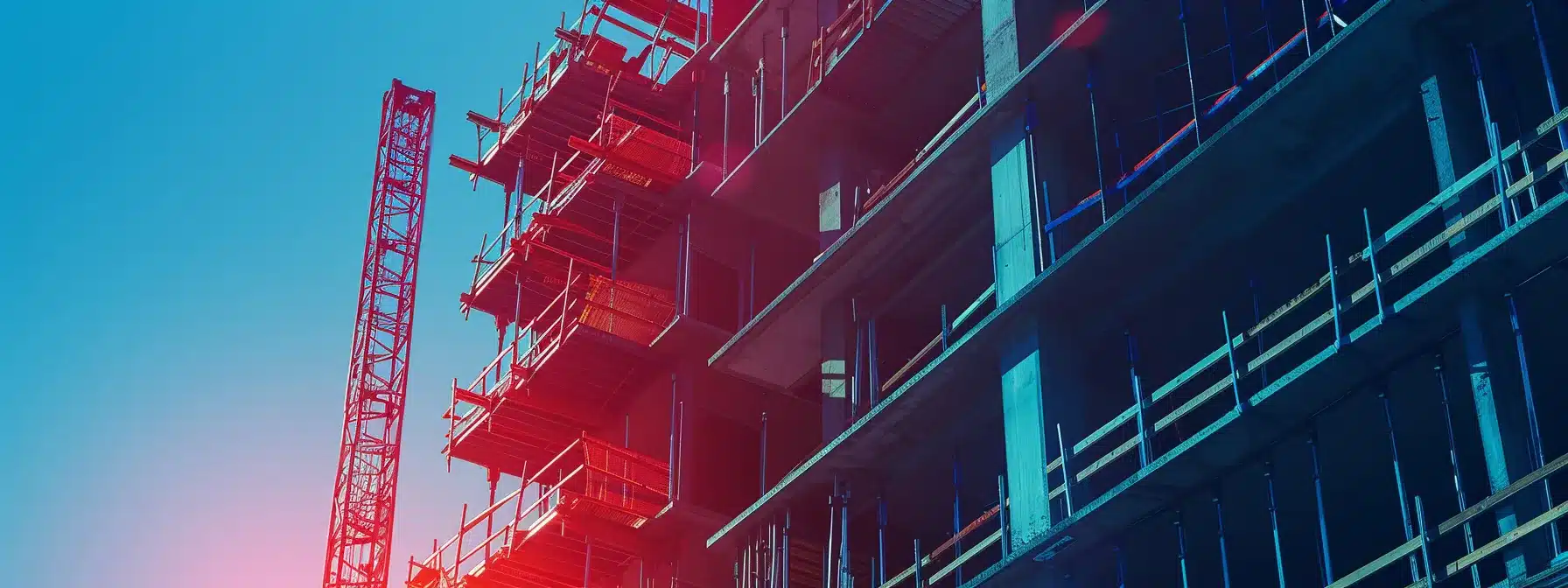Are you aware that nearly 70% of new commercial projects in Florida utilize light gauge steel construction? Understanding Florida building codes is crucial for anyone involved in these projects, particularly when it comes to incorporating materials like columns, concrete blocks, and sheet metal. This article will explore the evolution of these codes, key requirements set by the American Iron and Steel Institute, and strategies to overcome compliance challenges. By the end, you’ll gain insights that will help you navigate building codes effectively, ensuring your projects meet regulatory standards while maximizing efficiency.
Introduction to Florida Building Codes and Light Gauge Steel Construction

I appreciate the opportunity to discuss the essentials of light gauge steel construction within the framework of Florida’s building codes. Understanding light gauge steel structures allows us to appreciate the benefits of this framing method, particularly concerning durability and efficiency. I’ll also provide an overview of Florida’s building code regulations that align with the international building code, ensuring safe and compliant construction practices. Our focus will then turn to the relationship between these building codes and how they influence steel construction strategies, including the proper selection of siding from Elite Steel Website and the critical dimensions measured in inches.
Understanding Light Gauge Steel Structures
Understanding light gauge steel structures is vital for any commercial builder in Florida looking to optimize efficiency and durability in their projects. These frameworks utilize thin sheets of structural steel, allowing for light, yet robust construction that can stand against Florida’s demanding weather. Proper application of screws and anchors when securing these steel frames to concrete foundations is essential to ensure stability and compliance with Florida’s stringent building codes.
- Definition of light gauge steel structures
- Benefits of using steel frames
- Importance of screws and anchors in construction
- Compliance with Florida building codes
Overview of Florida’s Building Code Regulations
Florida’s building code regulations play a crucial role in governing the specifications for light gauge steel construction. These codes outline how to effectively manage forces such as tension and compression in steel frames, particularly in roof designs that require diaphragm action to distribute loads adequately. By adhering to these regulations, I can ensure that our structures meet safety standards while optimizing performance and durability.
- Understanding tension and compression in steel construction
- Importance of diaphragm action in roof designs
- Role of building codes in ensuring safety and compliance
- Strategies for optimizing light gauge steel structures
The Relationship Between Building Codes and Steel Construction
The relationship between building codes and light gauge steel construction is fundamental to creating safe and compliant structures in Florida. These regulations dictate the acceptable use of materials such as stainless steel and specify standards for components like flange design in the roll forming process. By following these guidelines, I can ensure that the steel frames we construct not only meet performance requirements but also enhance overall structural integrity.
| Aspect | Details |
|---|---|
| Materials | Light gauge steel, stainless steel |
| Construction Technique | Roll forming for steel frames |
| Importance of Compliance | Ensures safety and building integrity |
| Key Components | Flanges and screws for stability |
Evolution of Building Codes Affecting Light Gauge Steel in Florida

Historical amendments to Florida’s building codes significantly influence light gauge steel construction, particularly concerning wind load and corrosion resistance. The impact of natural disasters, such as hurricanes, prompts continuous regulatory changes, ensuring structures can withstand extreme conditions. I will also address current trends in building code developments, focusing on advancements in fasteners and wall systems designed for enhanced stability and longevity.
Historical Amendments Impacting Steel Construction
Over the years, historical amendments to Florida’s building codes have significantly shaped light gauge steel construction. The increased focus on wind load requirements directly impacts how metal trusses and drywall are engineered to ensure they can withstand Florida’s hurricane conditions. Additionally, updates addressing corrosion resistance have led to improved materials for connections in steel frames, which further enhances the stability and lifespan of masonry and other structural elements.
Influence of Natural Disasters on Regulatory Changes
Natural disasters, particularly hurricanes, have a profound influence on regulatory changes related to building codes in Florida. As I have experienced firsthand, the need for enhanced structural integrity becomes evident after severe weather events, prompting revisions to code standards that address deflection limits and welding specifications in light gauge steel construction. These updates are essential, ensuring that structures are not only compliant but can effectively withstand extreme conditions that are all too common in our state.
| Regulatory Focus | Impact of Natural Disasters |
|---|---|
| Deflection Limits | Updated to reduce the potential for structural failure during high winds |
| Welding Standards | Strengthened to improve connection integrity and overall building resilience |
| Material Durability | Emphasizes corrosion resistance to prolong lifespan in harsh environments |
| Load-Bearing Requirements | Revised to better accommodate lateral forces from storms |
Current Trends in Building Code Developments
In my experience as a commercial builder in Florida, I’ve noted a significant shift toward incorporating more rigorous standards in light gauge steel construction within recent building code developments. The growing emphasis on energy efficiency has led to updated thermal performance requirements, affecting the design of exterior walls and insulation methods. I’ve also seen a movement toward using advanced materials and technologies, which help enhance the resilience of steel structures against Florida’s challenging environmental conditions, ultimately supporting safer and more sustainable building practices.
Key Requirements in Florida Building Codes for Light Gauge Steel

The key requirements in Florida building codes for light gauge steel include structural load and wind resistance specifications, ensuring that structures can withstand the unique challenges posed by the state’s weather. I will also discuss fire safety standards and material compliance that protect both builders and occupants. Additionally, I’ll address energy efficiency and sustainability guidelines that promote responsible construction practices, illustrating how these aspects are essential for successful steel framework projects.
Structural Load and Wind Resistance Specifications
When it comes to structural load and wind resistance specifications in Florida, I have found that adhering to local building codes is essential for ensuring the longevity and safety of light gauge steel structures. These specifications dictate the necessary load-bearing capacities to withstand Florida’s diverse weather conditions, particularly the high winds associated with hurricanes. By understanding and implementing these requirements into my projects, I can guarantee that the buildings I construct are not only compliant but also resilient, ultimately protecting the investments of my clients and providing peace of mind for occupants.
Fire Safety Standards and Material Compliance
In my experience, fire safety standards and material compliance are paramount when constructing light gauge steel structures in Florida. The building codes require that materials used in these projects meet specific fire-resistance ratings to protect occupants and property while also ensuring compliance with local regulations. I have found that integrating fire-rated materials and applying proper construction techniques can effectively mitigate risks, ultimately providing safer environments for both residents and commercial users:
| Requirement | Details |
|---|---|
| Fire-Resistance Ratings | Materials must meet specified fire-resistance ratings to comply with safety codes. |
| Compliance Standards | Adhering to local codes ensures that the selected materials are fire compliant. |
| Construction Techniques | Proper installation techniques enhance the overall fire safety of structures. |
| Regular Inspections | Frequent checks help ensure ongoing compliance and safety measures are maintained. |
Energy Efficiency and Sustainability Guidelines
As a commercial builder in Florida, I see how important energy efficiency and sustainability guidelines are in shaping light gauge steel construction. These guidelines not only promote responsible building practices but also enhance the energy performance of structures, which translates to lower operational costs for occupants. By integrating energy-efficient materials and complying with updated insulation standards, I can contribute to building practices that reduce environmental impact while ensuring that the structures we create are comfortable and cost-effective for their users.
Overcoming Challenges in Meeting Florida Building Codes

In my experience, navigating the challenges of Florida building codes in light gauge steel construction can be complex. Common compliance obstacles often arise during project planning and execution. Strategies for successful code adherence are crucial for maintaining safety standards, and I’ll discuss how utilizing technology can streamline this process, improving both compliance and efficiency in construction practices.
Common Compliance Obstacles in Steel Construction
In my experience, one of the common compliance obstacles in light gauge steel construction is the constant evolution of Florida’s building codes. These regulations often change based on new safety data or environmental factors, which can create confusion for builders seeking to stay compliant. For instance, during recent project phases, I have faced challenges in aligning new material standards with existing designs, highlighting the need for ongoing education and adaptability to ensure we meet compliance at every project stage.
Strategies for Successful Code Adherence
To successfully adhere to Florida’s building codes regarding light gauge steel construction, I focus on continuous training and education for my team. By staying up-to-date with the latest code revisions and materials standards, I can ensure that everyone involved in the project understands the requirements and expectations. Additionally, I employ project management software that tracks compliance throughout the construction process, streamlining our ability to document and verify that our practices align with the recommended building codes.
Utilizing Technology for Compliance and Efficiency
Embracing technology has significantly enhanced my ability to meet Florida building codes related to light gauge steel construction. By utilizing construction management software, I can ensure real-time tracking of compliance, easily document inspections, and streamline communication among team members. This approach not only reduces the likelihood of errors but also saves time and resources, allowing us to focus on delivering high-quality structures that adhere to all safety and efficiency standards.
Benefits of Adhering to Florida Building Codes in Light Gauge Steel Construction

Adhering to Florida building codes in light gauge steel construction enhances structural safety and durability, addressing essential factors for builder compliance. It maximizes insurance and liability protections, providing confidence for both builders and property owners. Additionally, meeting these codes boosts property value and marketability, ensuring that our structures are not only safe but also appealing in the marketplace.
Enhancing Structural Safety and Durability
Enhancing structural safety and durability in light gauge steel construction starts with strict adherence to Florida’s building codes. I’ve seen firsthand how these codes demand rigorous testing and validation of materials, ensuring that our steel frames are capable of handling the state’s unique challenges, like high winds and heavy rainfall. By complying with these regulations, I can create buildings that not only resist environmental stresses but also provide long-term protection for occupants, ultimately boosting safety and performance in every project I undertake.
Maximizing Insurance and Liability Protections
By strictly adhering to Florida’s building codes in light gauge steel construction, I can significantly maximize insurance and liability protections for my projects. Compliance with these codes not only enhances the safety and reliability of structures but also demonstrates due diligence in risk management to insurance providers. For instance, when documenting compliance with fire safety standards and structural load requirements, I secure more favorable insurance rates and terms, effectively protecting both my clients and my business from potential liabilities associated with non-compliance.
| Aspect | Benefits of Compliance |
|---|---|
| Insurance Rates | Lower premiums due to increased safety measures |
| Liability Protection | Reduced risk of litigation from non-compliance |
| Market Trust | Increased marketability of compliant structures |
| Long-Term Value | Enhanced property value through rigorous standards |
Boosting Property Value and Marketability
Boosting property value and marketability through adherence to Florida building codes in light gauge steel construction is a strategic advantage I actively pursue. Compliance with these codes not only enhances the structural integrity of the buildings I create but also instills confidence in potential buyers and investors. For instance, when I showcase a project that meets rigorous safety and efficiency standards, it results in higher market appeal and potentially increased selling prices, directly benefiting both my clients and my business in the competitive Florida real estate market.
Preparing for Future Changes in Florida Building Codes

Anticipating upcoming regulatory amendments in Florida building codes is essential for my light gauge steel construction projects. I focus on adapting my construction practices to ensure future compliance, which allows me to maintain safety and quality. Embracing innovation in light gauge steel construction further enhances my ability to meet these evolving standards, ensuring that my projects remain competitive and resilient.
Anticipating Upcoming Regulatory Amendments
As a commercial builder in Florida, I understand the importance of staying ahead of potential regulatory amendments impacting light gauge steel construction. By actively monitoring changes in building codes, I ensure that my projects comply with upcoming standards, particularly related to safety, energy efficiency, and material usage. This proactive approach not only protects my investments but also enhances the structural integrity of the buildings I construct, ultimately benefiting my clients:
- Continuous education on building code changes
- Proactive adjustments in construction practices
- Enhanced structural integrity for safety and durability
- Greater long-term investment protection
Adapting Construction Practices for Future Compliance
As I adapt my construction practices for future compliance with Florida’s evolving building codes, I prioritize flexibility in design and the selection of materials. This means regularly reviewing the latest regulatory updates and incorporating advanced techniques that enhance safety and efficiency. By staying proactive, I can effectively integrate new requirements into my projects, ensuring they meet or exceed expectations while maintaining structural integrity and resilience in the face of Florida’s unique environmental challenges.
Embracing Innovation in Light Gauge Steel Construction
To stay ahead in light gauge steel construction, I prioritize embracing innovation as a critical strategy for compliance with Florida’s evolving building codes. Integrating advanced materials, such as high-performance steel and energy-efficient insulation, has not only improved structural integrity but also aligns with sustainability goals. For instance, utilizing Building Information Modeling (BIM) allows me to simulate and analyze designs, ensuring they meet current and future regulatory requirements while optimizing project efficiency and reducing waste.
Conclusion
Navigating Florida’s building codes is crucial for constructing safe, compliant, and durable structures using light gauge steel in our demanding climate. Adherence to these codes not only boosts structural integrity but also increases insurance advantages and property value for builders. By keeping up-to-date with regulatory shifts and incorporating cutting-edge materials and methods, I ensure compliance and enhance the resilience of my projects. This expertise enables builders to produce superior, sustainable constructions tailored to withstand Florida’s distinct environmental challenges.
For more details on how we can assist with your construction needs, contact Elite Steel at 1-904-799-6499 or visit us online at elitesteel.com

